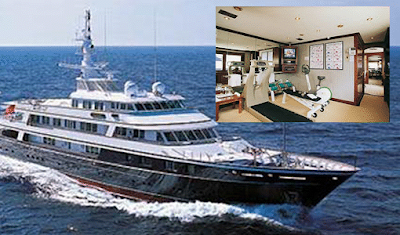Sunday, February 21, 2010
College Savings basics
Only one thing could make you prouder – knowing that you have done your homework, too. That no matter where your child is accepted or what financial aid is offered, you have the resources to afford the college of choice.
Numerous surveys and studies have been published describing how parents prepare for future college costs. You probably don’t need a survey to tell you what you already know:
* Kids grow too fast.
* College is expensive.
* The time to start saving and planning is now.
Your child’s college tuition could be one of the largest expenditures you ever make. And, if you have more than one child, the financial commitment is even greater. The financial challenge you face is shared by millions of others.
Fortunately, American families with a desire to save for future college expenses now have more options than ever before. Traditional investment options—savings accounts, taxable investment accounts, annuities, and U.S. Savings Bonds—are now joined by powerful new investment vehicles including Section 529 college savings programs and Coverdell education savings accounts.
New investment programs bring new opportunities, but they may make decisions more difficult for people who want the best education possible for the children in their lives.
With these pages, we hope to help you gain a basic understanding of your options so that you can maximize the return on every dollar you set aside for a child’s future. Our focus is on the relatively new and increasingly popular “529 plan,” but we also explain other commonly used savings and investment vehicles.
Remember, even if your goal seems overwhelming now, the proper planning and saving can put the cost of any college within your reach.
Philippines Light Rail Transit Public Transportation
The Manila Light Rail Transit System (Filipino: Sistema ng Magaan na Riles Panlulan ng Maynila),[citation needed] popularly known as the LRT, is a metropolitan rail system serving the Metro Manila area in the Philippines. Its twenty-nine stations over 28.8 kilometers (17.9 mi) of mostly elevated track form two lines. LRT Line 1, also called the Yellow Line, opened in 1984 and travels a north–south route. LRT Line 2, the Purple Line, was completed in 2004 and runs east–west.
The LRT is operated by the Light Rail Transit Authority (LRTA), a government-owned and controlled corporation under the authority of the Department of Transportation and Communications (DOTC). Along with the Manila Metro Rail Transit System (MRT, also called the Blue Line), and the Philippine National Railways (PNR), the LRT is part of Metro Manila's rail transportation infrastructure known as the Strong Republic Transit System (SRTS)
Stations
 The People Power Revolution was a series of nonviolent and prayerful mass street demonstrations in the Philippines that occurred in 1986. It was the inspiration for subsequent non-violent demonstrations around the world including those that ended the communist dictatorships of Eastern Europe.
The People Power Revolution was a series of nonviolent and prayerful mass street demonstrations in the Philippines that occurred in 1986. It was the inspiration for subsequent non-violent demonstrations around the world including those that ended the communist dictatorships of Eastern Europe.

 In 1990, it was voted by the BMW Tropical Beach Handbook as one of the best beaches in the world
In 1990, it was voted by the BMW Tropical Beach Handbook as one of the best beaches in the world
 Barasoain Church (also known as Our Lady of Mt. Carmel Parish) is a Roman Catholic church built in 1630 in Malolos City, Bulacan.
Barasoain Church (also known as Our Lady of Mt. Carmel Parish) is a Roman Catholic church built in 1630 in Malolos City, Bulacan.
 Laguna de Bay (Filipino: Lawa ng Bay; English: Laguna de Bay is the largest lake in the Philippines and the third largest freshwater lake in Southeast Asia
Laguna de Bay (Filipino: Lawa ng Bay; English: Laguna de Bay is the largest lake in the Philippines and the third largest freshwater lake in Southeast Asia
 Malacañan Palace, is the official residence of the President of the Philippines.
Malacañan Palace, is the official residence of the President of the Philippines.






















 >
>




















































No comments:
Post a Comment